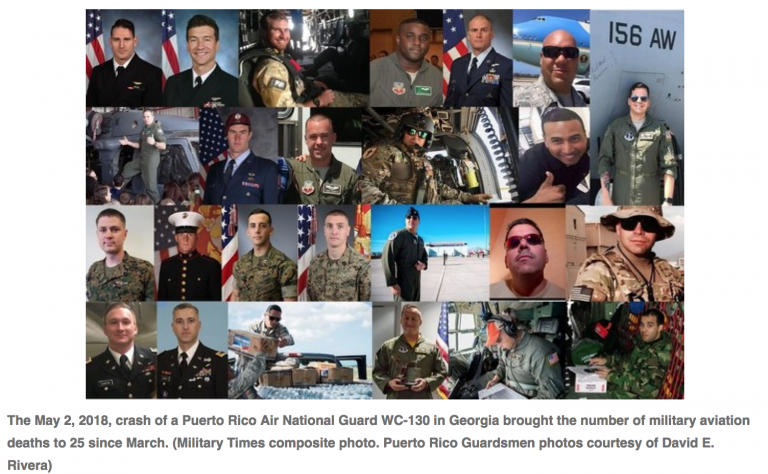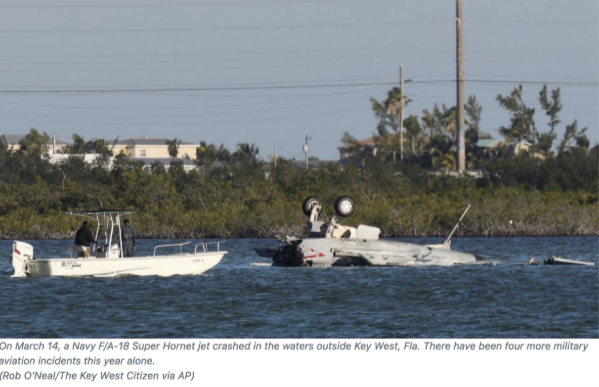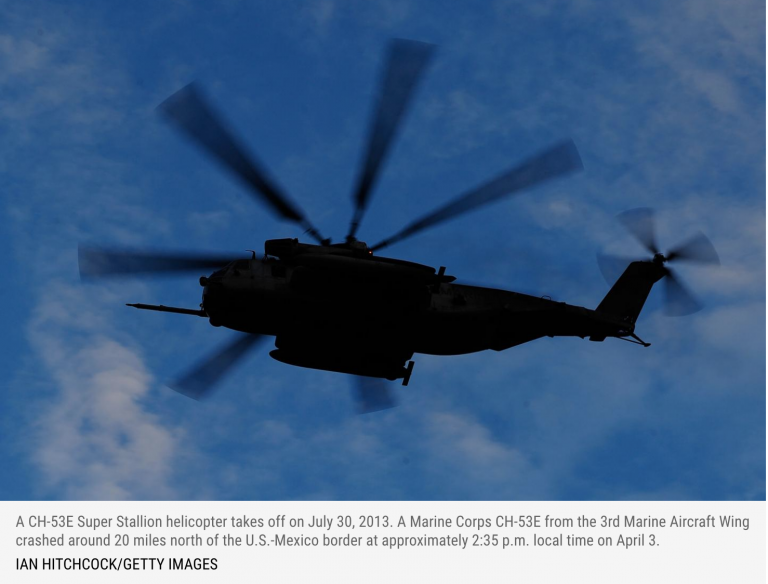An Acceptable Rate Of Tragedy?
When I first started out as a young aircraft technician in the Air Force, I had the opportunity and the pleasure to travel to the USA quite often. Each trip was an exciting adventure to a country that surprised me every day. The American people that I met were generally the same as me, but of course we had plenty of subtle cultural differences.
I quickly realised that Americans exude a certain presence and a level of confidence that exists only because they are indeed Americans.
U.S. Military personnel are next level Americans. The pride they show for their country and their service flows out of them. Their attitude and culture toward losing aircraft to different levels of mishaps however, is one thing that certainly surprised me. They have every reason to be proud of their achievements though. They put a man on the moon, they’ve developed some of the greatest aircraft ever seen, their military is an unstoppable juggernaut with an enormous global Navy, thousands of aircraft and ground forces capable of throwing effective weapons down range anywhere in the world within 24 hours.
This kind of power does not come cheap however. Training the force is indeed an enormous undertaking that does not come without risk. Like any organisation, a certain level of risk is acceptable in order to achieve the desired outcomes. For obvious reasons, military missions clearly come with higher risks than an airliner or civilian helicopter flying from Point A to Point B. Throw any combination of buzz words like fast jet, low level, high readiness, combat capability into the mix then you start operating closer and closer to the edge of that safety bubble.
Unfortunately the risks have caught up, resulting in the U.S. Military taking quite a hit in the first four months of 2018 with 27 lives lost in non-combat related incidents.

20 January: An Army AH-64 Apache helicopter crashed during a training mission at Fort Irwin, California. Two crew members killed. The crash occurred at 1am.
14 March: A Navy FA-18F Super Hornet fighter jet crashed during a training flight. The aircraft was on final approach to NAS Key West, Florida, when it apparently caught fire mid air. The two crew ejected but were later pronounced as deceased after being recovered from the water.

15 March: An Alaskan ANG Sikorsky HH-60 Pave Hawk helicopter hit a power pole on a mission in Iraq. Seven crew were lost.
3 April: A Marine Corps CH-53 Super Stallion helicopter crashed during an exercise along the U.S. – Mexico border near Naval Air Facility El Centro, California. Four Marines lost their lives.

4 April: USAF Thunderbird 4, F-16 Fighting Falcon, impacted the ground while practicing a routine air display at Nellis Air Force Base. The pilot was very experienced with over 3500 hours in 30 different types.

6 April: An Army AH-64E Apache helicopter crashed during a night training exercise at Fort Campbell, Kentucky. Two crew lost.
2 May: A WC-130 Hercules of the Puerto Rico ANG crashed on departure from Savannah/Hilton Head Airport with the loss of nine crew. The aircraft was on its final flight to Davis Monthan AFB for retirement and had just undergone routine maintenance.
When I read about a spate of accidents like these, I try not to take a one eyed approach and lay blame instantly. Instead I try to look at the big picture and give some other points of view a voice.
From a safety minded person’s point of view, the causality behind each of these incidents is not related at all. As tragic as they are, each crash has very different reasons and human factors as contributing causes.
From an outsider’s point of view, it’s easy to go with what just about every News outlet is spreading. Sequestration is responsible. Defence wide budget cuts that have hit hard and forced each service to make a decision between capability and personnel. Of course personnel have been the losers because it’s easier to cut personnel than it is to break a military contract with all of the financial penalties that come with it.
From a bureaucratic point of view, this won’t become an issue until the loss rate exceeds a pre-determined number. The Pentagon accepts X amount of losses per 10 000 flying hours. So long as the trend remains below this number, the need to address the problem doesn’t exist.

The rate of USAF mishaps and accidents has increased measurably over the last 6 years. (Military Times)
From conversations I have personally had with airmen over the years, this magic number is actually quite high. The huge machine that the U.S. Military is has plenty of incidents and crashes, resulting in different classes of damage and hull losses. It’s when lives are lost however, that the impact is felt. After the memorials and mourning, the reasons why and preventing further accidents becomes the priority. This generally happens at a unit and fleet level to make that particular aircraft type safer.
How far does this go at affecting the culture of the entire U.S. Military though. Traditionally one or two squadron members might be involved in an investigation, the rest don’t get to learn much at all.
In May 2018, the Chief of Staff and Chief Master Sergeant of the Air Force, Gen. David L. Goldfein and Kaleth O. Wright, called a safety stand-down for the entire Air Force. Real action to take the problem to the officers and airmen in an attempt to nut out where the real problems lie. Historically this is action that works, so long as the outcomes and reporting gets back to command and real steps are taken to repair any issues. Time will tell whether it was worthwhile or not.
Regardless of the outcome, to me, this is a call to action for any organisation and operator out there. No matter how healthy or unhealthy your organisation’s safety management system is, this reminder is written in an effort to get you to think about what you can do to influence on some of the factors that lead to accidents.
Poor communication, toxic culture, poor decision making, too many errors being made, errors being hidden or covered up, not following procedures, tired, stressed, fatigued. So many factors, all of which, with the appropriate attention, can be remedied.
The Pentagon calls this an acceptable rate of tragedy. I’m not convinced. In 2018, when it comes to an established industry such as the Aviation industry, no death is seen as acceptable anymore. Our culture insists that we take the measures to prevent mishaps and accidents and we are forced to ask the question “Why and how do these accidents still occur?”
When I think back to my trips to the USA and I compare the 90’s culture to today’s culture, I see massive changes, mostly positive. Unfortunately we still see trends of tragedy as there will always be Human Error and Human Factors to grapple with, the end result showing up on your news broadcast from time to time. I hope this reminder finds you well and encourages a positive change and effect on you and your organisation. You may indeed be the only one that can make that change.
David East
CrewFusion Group

